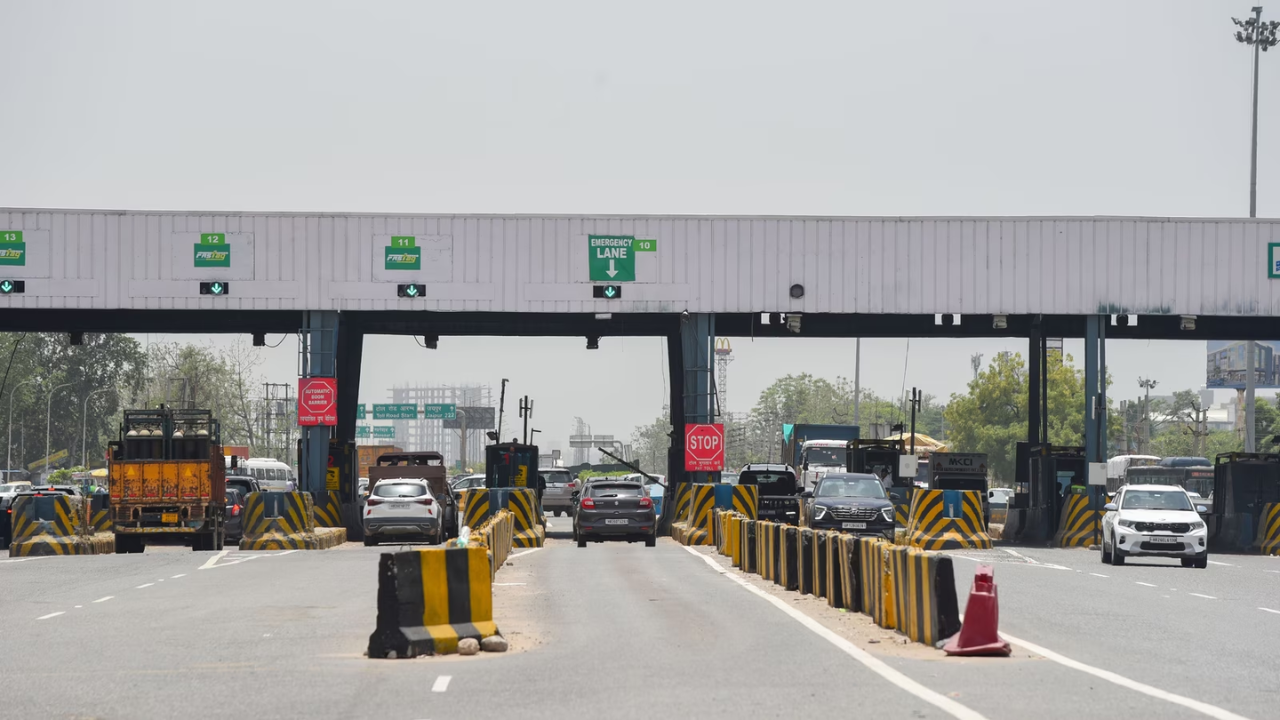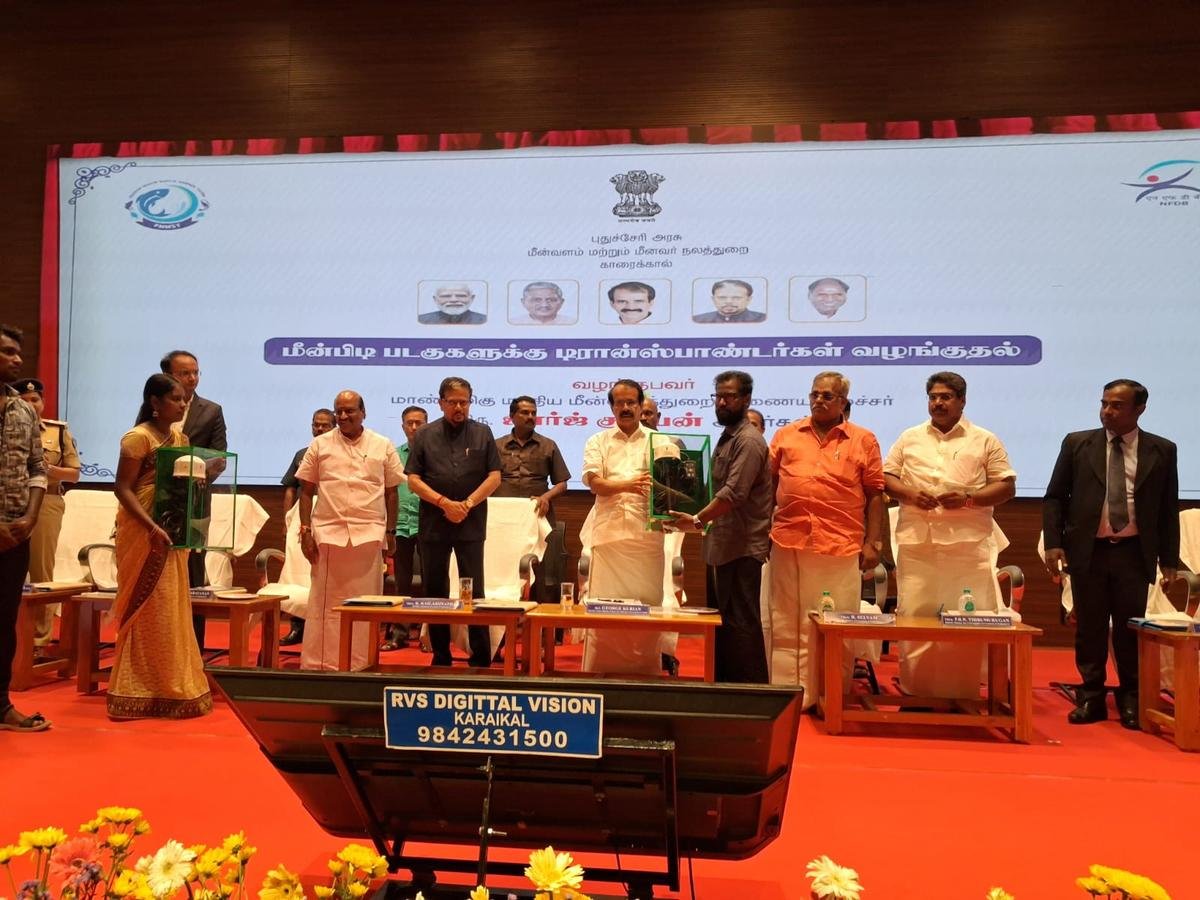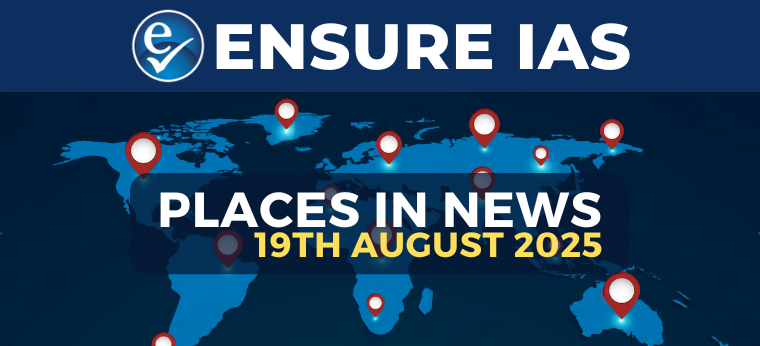Why in the News?
- On August 12, 2025, the Public Accounts Committee (PAC) of Parliament submitted a report highlighting major flaws in toll collection practices on National Highways (NHs).
- The panel, chaired by Member of Parliament (MP) K.C. Venugopal, criticised the “perpetual tolling regime” that allows indefinite user charges.
- The report also flagged issues with the FASTag (Electronic Toll Collection System) and suggested reforms to improve fairness, transparency, and commuter convenience.
| Public Accounts Committee (PAC) 1. Establishment: Formed in 1921, it is the oldest parliamentary committee in India. 2. Objective: To audit government revenue and expenditure, ensuring that public funds are used efficiently, effectively, and in accordance with the law. 3. Major Functions: a. Scrutinises audit reports of the Comptroller and Auditor General (CAG) related to government spending. b. Verifies that money sanctioned by Parliament is utilised for the intended purpose. c. Probes cases of financial irregularities, wasteful expenditure, and inefficiencies in government operations. 4. Composition: a. 22 members in total – 15 from the Lok Sabha and 7 from the Rajya Sabha. b. The Chairperson is a Member of the Lok Sabha, traditionally chosen from the Opposition. c. Members serve a one-year term. d. Ministers are barred from serving on the PAC. |
Key Highlights
- Concerns over Perpetual Tolling
- Toll collection continues indefinitely, even after capital expenditure (CapEx) and operation and maintenance (O&M) costs are recovered.
- Toll rates increase automatically: a 3% annual hike plus 40% of Wholesale Price Index (WPI) inflation adjustment.
- Road users face rising costs regardless of road quality, traffic congestion, or affordability.
- Recommendations of the Public Accounts Committee
- Tolling should end or reduce significantly once the project cost and maintenance expenditure are fully recovered.
- Any continuation of tolls should require independent review and approval by a specialised regulatory authority.
- Establish a Toll Regulatory Authority of India (TRAI)-like body for transparency in toll determination, regulation, and collection.
- Refunds and Relief for Road Users
- Motorists should not be charged during ongoing construction or when road conditions are below standard.
- Framework for reimbursement or waiver of tolls when highways cannot be fully utilised by commuters.
- FASTag-Related Issues
- Despite 98% coverage, traffic bottlenecks persist due to malfunctioning Radio Frequency Identification (RFID) scanners.
- The Committee recommended on-location FASTag services (top-up counters, replacement booths, and new card purchase facilities).
- Suggested transition to Automatic Number Plate Recognition (ANPR)-based barrierless tolling for smooth traffic flow.
- Response of the Ministry of Road Transport and Highways (MoRTH)
- The Ministry accepted the concerns and began a comprehensive study with NITI Aayog.
- Study scope includes:
- Vehicle operating costs.
- Highway damage from heavy vehicles.
- Road users’ willingness to pay.
- Initiatives underway:
- Launch of FASTag Annual Pass (₹3,000 for 200 trips annually).
- Pilot projects for barrier-free toll collection using ANPR cameras integrated with FASTags.
| Wholesale Price Index (WPI) 1. Definition: The Wholesale Price Index (WPI) tracks changes in the prices of goods traded in bulk at the wholesale level between businesses. 2. Scope: a. Covers only goods (not services). b. Used to study supply–demand trends in industry, manufacturing, and construction. 3. Publication: Released monthly by the Office of the Economic Adviser, Ministry of Commerce and Industry. 4. Significance: a. Reflects wholesale inflation in the economy. b. Month-on-month changes in WPI indicate the level of inflation at the wholesale stage. 5. Calculation of WPI a. Based on wholesale prices of selected commodities. b. Commodities chosen for their economic importance and represent various sectors. c. Number of items: 697 d. Base Year: 2011–12 6. Major Components of WPI a. Primary Articles (22.62%) i. Food Articles: Cereals, Paddy, Wheat, Pulses, Vegetables, Fruits, Milk, Eggs, Meat & Fish. ii. Non-Food Articles: Oilseeds, Minerals, Crude Petroleum. b. Fuel & Power (13.15%) i. Petrol, Diesel, LPG. c. Manufactured Products (64.23%) i. Textiles, Apparels, Paper, Chemicals, Plastic, Cement, Metals. ii. Includes manufactured food products: Sugar, Tobacco Products, Vegetable & Animal Oils, Fats. |
Implications
- For Road Users
- Relief from indefinite toll burden.
- Fair refunds during poor road conditions or construction.
- Annual FASTag passes could lower travel costs for daily commuters.
- For Policy and Governance
- Establishment of an independent regulator ensures accountability.
- Brings Indian tolling practices closer to international standards where tolls are time-bound.
- For Economy and Revenue
- Toll collections surged from ₹1,046 crore in 2005-06 to ₹55,000 crore in 2023-24.
- Rationalisation may reduce short-term revenues but increase long-term compliance and public trust.
- For Infrastructure Development
- Current perpetual toll funds are reinvested in new highway projects.
- Reform requires alternative financing models like Public-Private Partnerships (PPPs), Infrastructure Investment Trusts (InvITs), or dedicated road cess funds.
- For Technology and Modernisation
- Push towards ANPR-based free-flow tolling reduces congestion and fuel wastage.
- Prepares India for future adoption of satellite-based Global Positioning System (GPS) tolling.
Challenges and Way Forward
| Challenges | Way Forward |
| Perpetual tolling under 2008 National Highways Fee Rules | Amend rules to stop tolls once CapEx and O&M are recovered |
| Rising toll burden despite poor highway quality | Introduce service quality-linked refunds or waivers |
| Absence of independent regulation | Create a National Toll Regulatory Authority for oversight |
| Inefficiencies in FASTag system | Upgrade RFID scanners, provide on-site top-up/exchange facilities |
| Dependence on toll revenues for highway expansion | Explore PPPs, InvITs, road cess, and bonds as alternatives |
Conclusion
The Public Accounts Committee’s recommendations aim to overhaul India’s tolling system by addressing indefinite tolling, user inconvenience, and lack of transparency. The call for refunds, rationalised charges, and regulatory oversight reflects a shift towards citizen-friendly infrastructure governance. With the Ministry of Road Transport and Highways exploring ANPR-based free-flow tolling and FASTag annual passes, India is moving towards a modern, equitable, and technology-driven tolling framework.
| Ensure IAS Mains Question Q. The Public Accounts Committee of Parliament has criticised India’s “perpetual tolling regime” and called for reforms in toll collection practices. Discuss the issues with the present tolling system and suggest measures to ensure transparency, fairness, and efficiency in toll collection. (150 words) |
| Ensure IAS Prelims Question Q. With reference to toll collection on National Highways in India, consider the following: 1. Toll charges can continue even after the construction cost of a highway is recovered. 2. Toll rates are linked partly to changes in the Wholesale Price Index. 3. The Public Accounts Committee has suggested creation of an independent authority to regulate tolling practices. Which of the statements given above are correct? a) 1 and 2 only b) 2 and 3 only c) 1 and 3 only d) 1, 2 and 3 Answer: d) 1, 2 and 3 Explanation: Statement 1 is correct: The National Highways Fee (Determination of Rates and Collection) Rules, 2008 allow toll collection in perpetuity, even after recovery of construction and maintenance costs. Statement 2 is correct: Toll rates increase by 3% annually and are also linked to 40% of the Wholesale Price Index (WPI) to account for inflation and rising O&M costs. Statement 3 is correct: The Public Accounts Committee recommended setting up an independent oversight/regulatory authority to ensure transparency and fairness in toll determination and collection. |





